(TN&MT) - On behalf of the drafting agency and the reviewing agency, Minister of Natural Resources and Environment Do Duc Duy reported on the acceptance and explanation of a number of contents with many opinions from National Assembly deputies mentioned in the discussion session in the hall about the draft Law on Geology and Minerals.
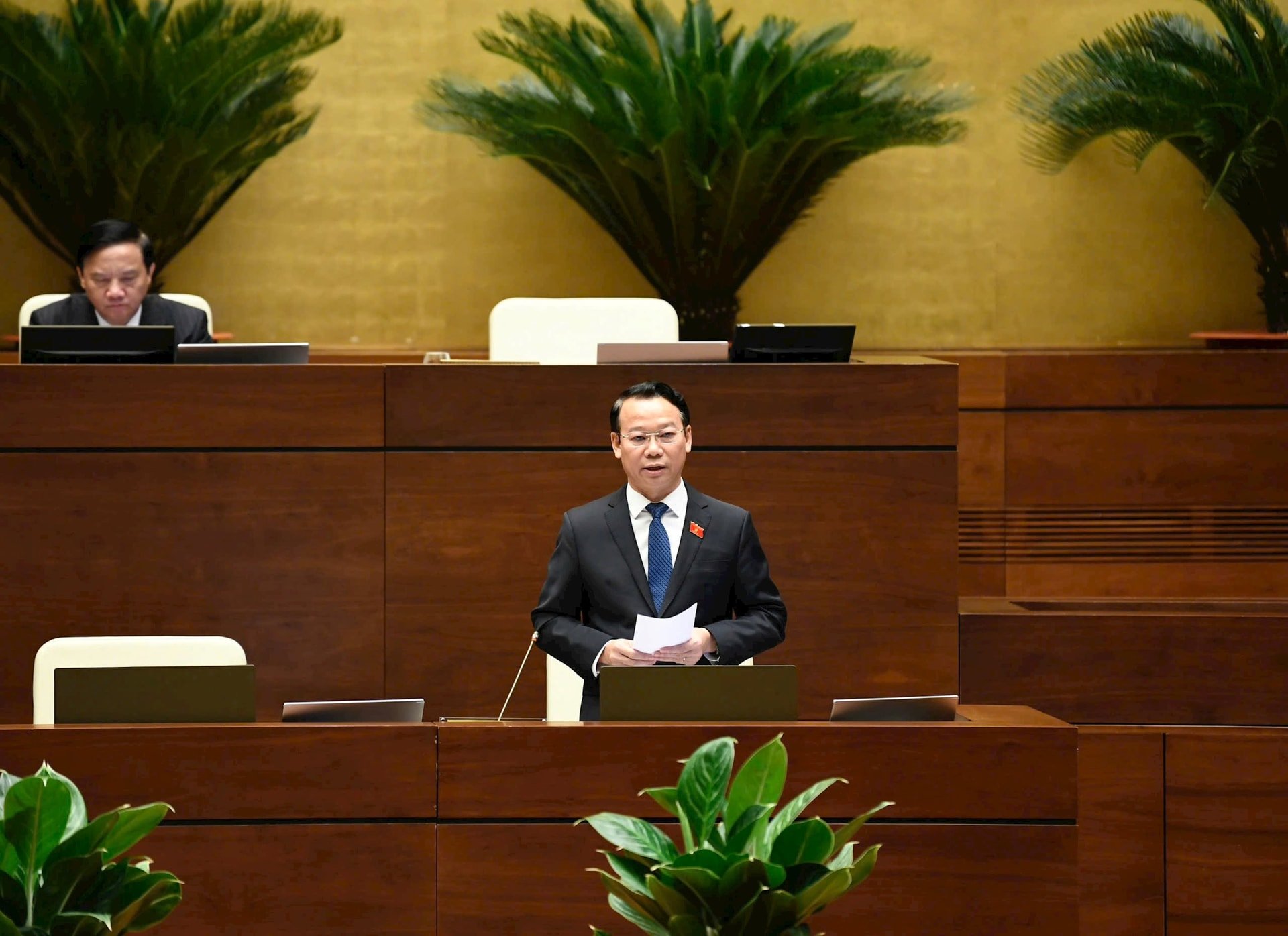
On the afternoon of November 5, the National Assembly discussed in the hall a number of contents with different opinions in the draft Law on Geology and Minerals. In particular, the National Assembly deputies focused on a number of contents on the State's policies on geology and minerals; Rights and responsibilities of localities, communities, households and individuals where geological and mineral resources are exploited; Responsibility for mineral planning; Adjustment of mineral planning; mineral exploration license granted to an organization; Management of mineral groups; Mineral exploitation rights fees; Areas where mineral exploitation rights are not auctioned...
Listening to the comments on the draft Law, Minister of Natural Resources and Environment Do Duc Duy respectfully thanked the National Assembly deputies for their many responsible, dedicated, specific and detailed comments, expressing his high consensus with many contents reported by the National Assembly Standing Committee for the deputies' opinions as stated in the report on reception and explanation.
On behalf of the drafting agency and the agency in charge of reviewing, we would like to seriously absorb all comments from National Assembly deputies and have a full explanatory report to report to the National Assembly Standing Committee before reporting to the National Assembly for consideration and approval of this Law project.
At the same time, the Minister also reported on the acceptance and explanation of a number of contents with many opinions of National Assembly deputies mentioned in the discussion session in the hall about the draft Law on Geology and Minerals.
Regarding the interpretation of terms specified in Article 2 of the draft Law , Minister Do Duc Duy said that the drafting agency would like to accept most of the opinions of the National Assembly deputies and will carefully review the interpretation of terms in the clauses of this article and edit it to make it easy to understand and consistent in the Law articles that use those interpretations.
Develop separate policies to manage strategic minerals
Regarding mineral classification. This is a content from the previous session that many National Assembly delegates contributed their opinions on, and currently the draft Law provides for mineral classification based on uses and management purposes, which is a classification method consistent with international practice.
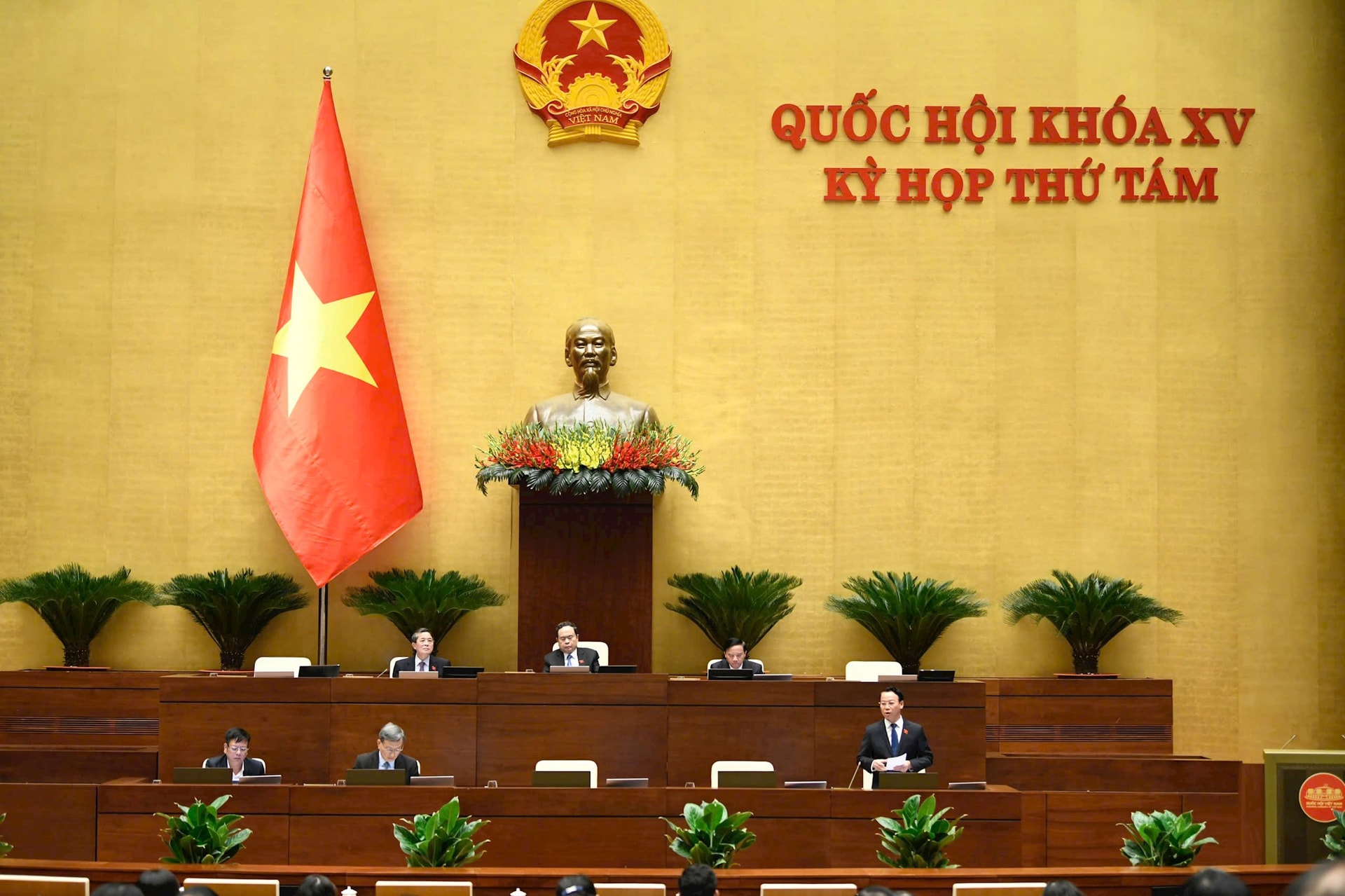
Minister Do Duc Duy agreed with many opinions of National Assembly delegates, that although they are in the same group, minerals have different properties, roles or positions. For example, in the same group of Group I metal minerals, strategic minerals include rare earth, tungsten; or there are some minerals with special properties such as bauxite, titanium, etc. However, Minister Do Duc Duy said that it would be difficult to regulate the same group of Type I minerals in detail in the Law, even to the list, for example, Group 1A, Group 1B.
In addition, in case of discovering new types of minerals according to the world trend or depending on the management and usage requirements of the country in each period, "today it may be a common mineral but tomorrow it may become a strategic mineral, which will lead to difficulties in adjusting this grouping and classification" - Minister Duy cited. Therefore, the Government has proposed in the Law to assign the Government to regulate detailed classification. The Minister suggested that the National Assembly deputies agree with this point of view, thus ensuring both flexibility and timely adjustment and supplementation.
Further reporting to the National Assembly delegates, for strategic minerals such as rare earth or tungsten, not only are there provisions in the draft Law, but currently the competent authority also has the policy of developing a Strategy to manage these strategic minerals. Currently, the Ministry of Natural Resources and Environment, under the direction of the Government, is researching to develop, aiming to introduce separate, specific and strategic policy frameworks to manage these minerals.
In addition, referring to group 4 minerals used as construction materials and landfills, the Minister agreed with delegates that there should be a strict but simple management method in terms of administrative procedures and processes.
Proactively remove obstacles for localities
Regarding the content related to mineral planning. Through the discussion, the majority of National Assembly deputies agreed with the plan that the National Assembly Standing Committee, after agreeing with the Government, presented in this draft. That is:
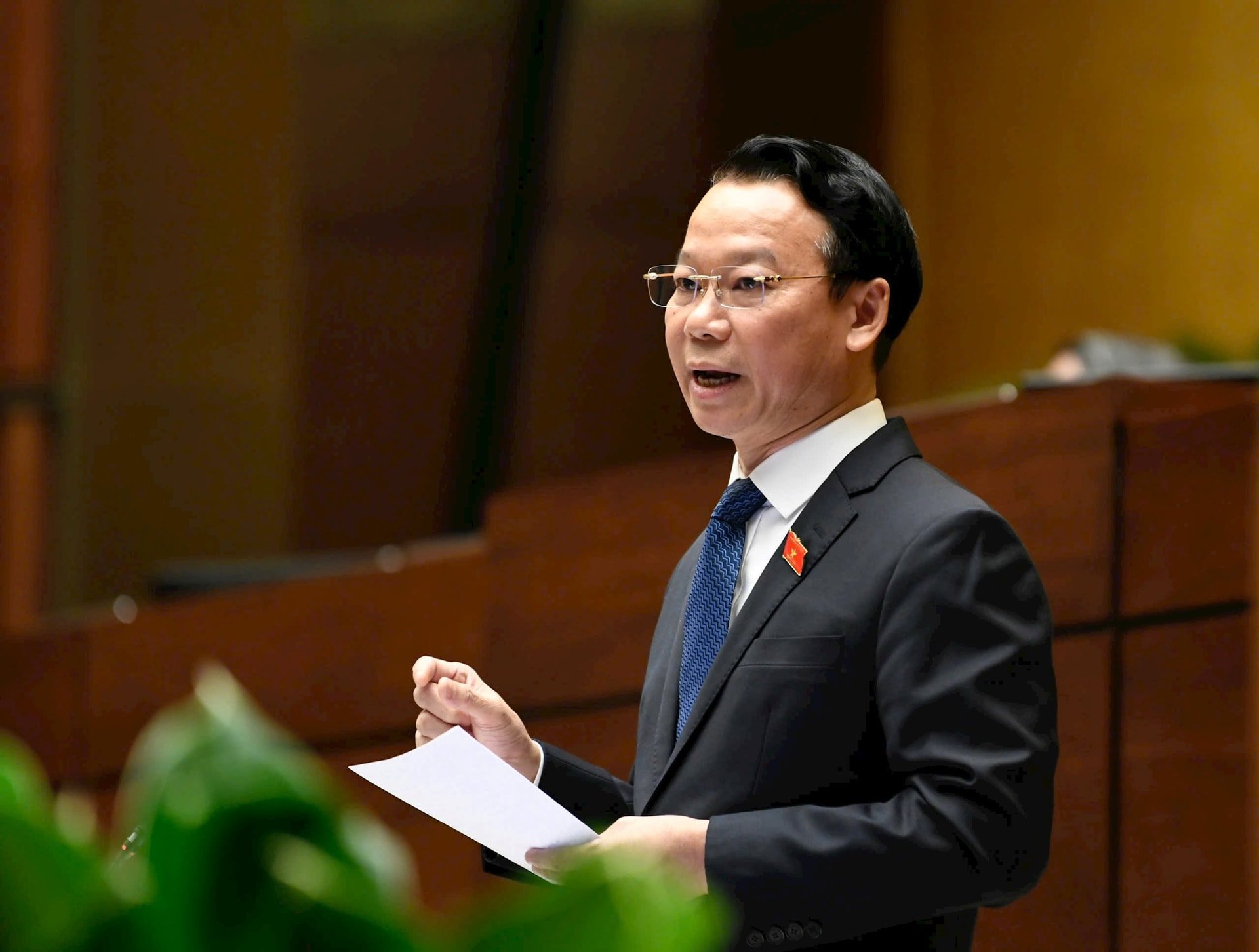
Firstly, the assignment of the agency in charge of making mineral planning is left to the Government to regulate. This is in accordance with the spirit of the 2010 Mineral Law and Decree 158/2016. Minister Do Duc Duy said that such regulation ensures the Government's flexibility and initiative in managing, operating, and state management of areas related to many different ministries, branches, and localities.
Because, the ultimate goal is how to assign tasks so that the organization of planning, appraisal, approval and management of planning implementation must fully comply with the provisions of the law on planning and the law on minerals. But more importantly, the approved planning must ensure quality, avoiding problems during the implementation process.
Second, delegates agreed that there should be adjustments to mineral planning, in case of partial adjustments, following a shortened procedure and assigned to the Government for regulation. The Ministry of Natural Resources and Environment believes that this is a very necessary regulation, especially for mineral planning when in many cases, planning has been established based on basic geological and mineral survey data, but during the exploration and exploitation process, the data may change.
Regarding some opinions related to the current shortcomings of bauxite planning raised by National Assembly delegates. As the state management agency for natural resources and environment, the Ministry of Natural Resources and Environment shares the difficulties of localities due to the obstacles in bauxite planning.
This shows that for specific minerals such as bauxite and titanium, which are widely distributed and not very deep, it is necessary to carefully evaluate and consider, especially the impact factors when organizing planning, to avoid problems related to socio-economic activities when the planning is approved.
Minister Do Duc Duy said that currently, bauxite planning is included in Vietnam's mineral planning approved in 2023, and the Ministry of Industry and Trade was assigned by the Government to preside over this planning.
Currently, the Government and the Prime Minister have issued a plan to implement the planning, in which not only the Ministry of Industry and Trade but also the Ministry of Natural Resources and Environment are assigned as the presiding agency, coordinating with localities to review and identify locations that are not really suitable or have small mineral reserves so that they can be removed from the planning to ensure other socio-economic development projects.
Minister Do Duc Duy emphasized that this also demonstrates the assignment, decentralization and coordination between agencies in mineral management activities. The Government is still directing implementation in the spirit of removing obstacles for localities.
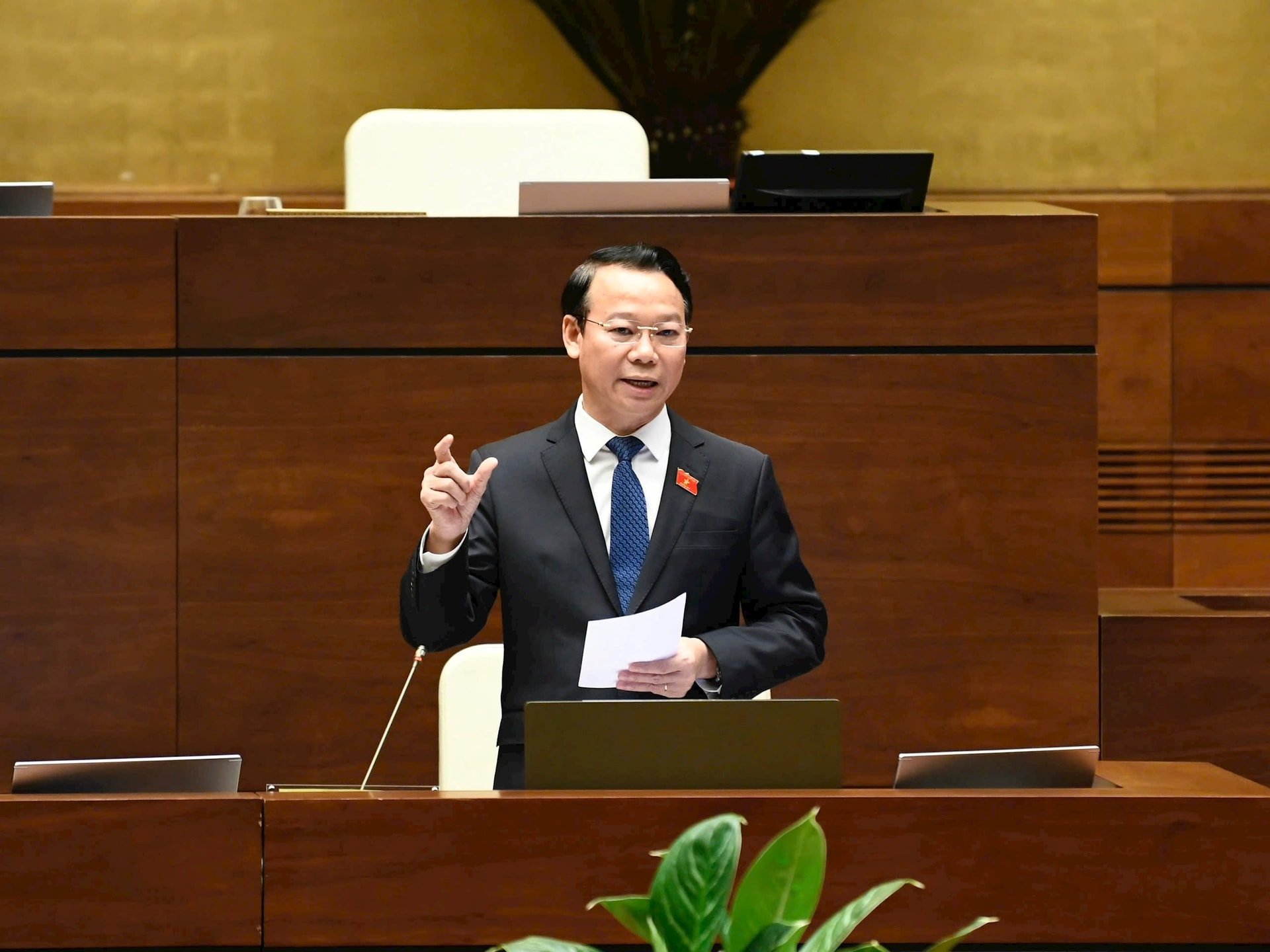
Regarding the responsibility of supporting organizations and individuals exploiting minerals in contributing funds to upgrade, maintain, and construct technical infrastructure works and environmental protection works . Minister Do Duc Duy said that this is a regulation inherited from the 2010 Mineral Law and Decree 158.
Through the comments, the majority of National Assembly deputies agreed with the need to supplement the regulation in Point d, Clause 1, Article 8 regulating this content. However, some National Assembly deputies suggested that a certain contribution rate should be stipulated, for example based on revenue.
Regarding this content, Minister Do Duc Duy reported more clearly to the National Assembly and National Assembly deputies: The 2010 law and Decree 158 have stipulated this responsibility and have stipulated in Decree 158 that the cost of supporting localities to build infrastructure works is accounted for in production costs and in reality has been done so.
However, the Law does not clearly stipulate which authority will determine the obligation to support contributions to the locality. Therefore, in this draft Law, based on the actual situation of mineral activities in the locality, the Provincial People's Council will decide on the responsibility to support funding for investment and construction of technical infrastructure works and environmental protection works.
Such a regulation is appropriate and ensures flexibility, because not all mineral activities have the same impact. For example, stone mining or metal ore mining activities often use large trucks and have a great impact on the traffic system in the area where mineral activities are taking place and on the environment. These are two issues that local people often report on mineral activities.
Minister Do Duc Duy reported to clarify further and hoped that the National Assembly delegates would agree with the design content in the draft of Point d, Clause 1, Article 8 as it is now, which will ensure flexibility; if a specific regulation is issued, it may be difficult.
If necessary, it is recommended that the National Assembly assign the Government to specify this clause in detail to ensure the Government's flexibility, as previously stipulated by the Government in Decree 158, but because of unclear authority, localities had difficulty in implementing it.
Law on security, environment, culture, economy and society
The fifth content is related to the delimitation of prohibited and temporarily prohibited areas for mineral activities. According to Minister Do Duc Duy, currently, in the draft law being designed, it is stipulated by the Prime Minister on the basis of localities organizing the establishment and sending it to the Ministry of Natural Resources and Environment and other ministries and branches for comments.
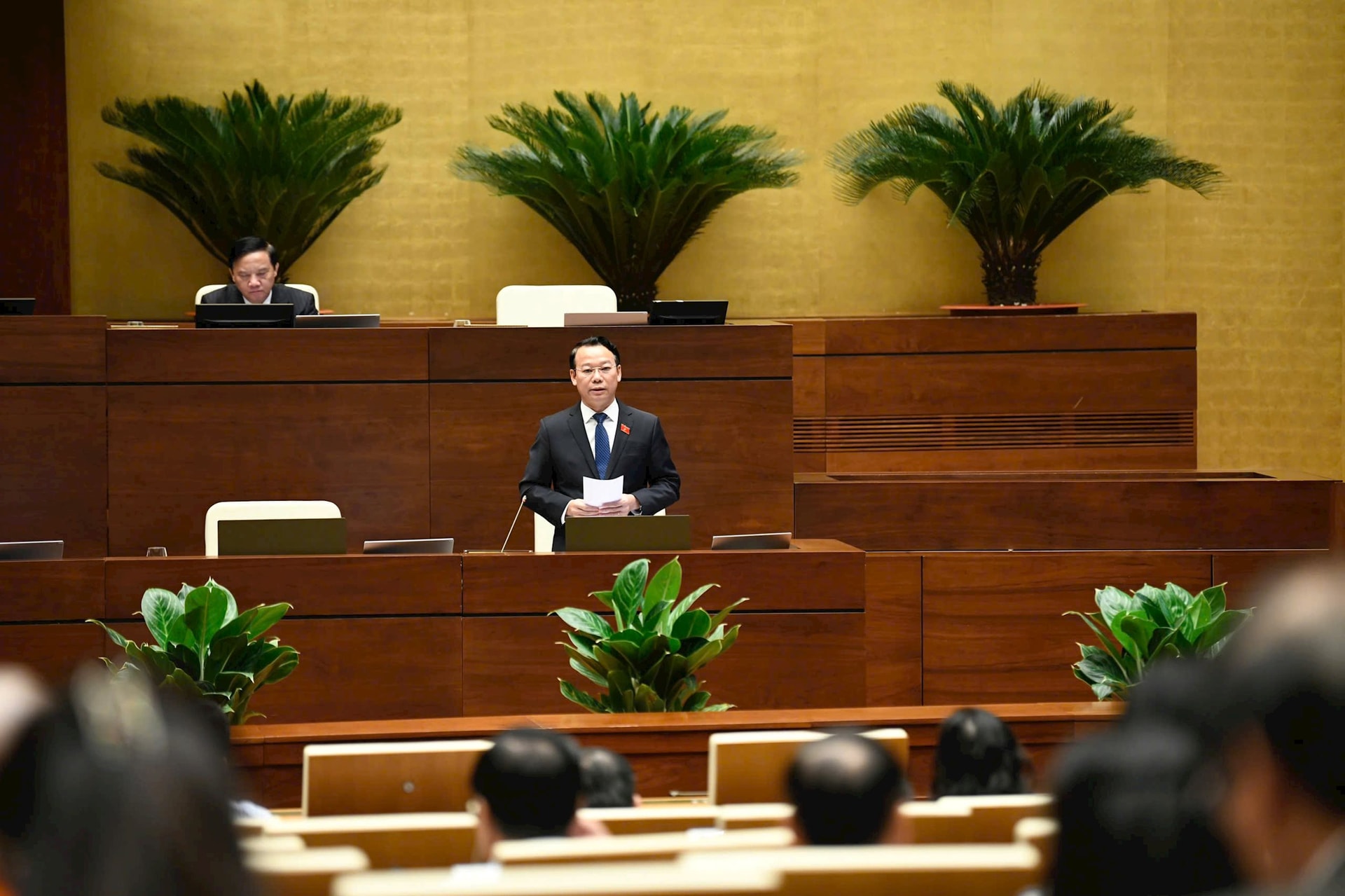
The regulation of prohibited and temporarily prohibited areas for mineral activities is not only related to and affects mineral activities but also related to ecological environment issues, other economic activities, such as national tourist areas, national historical relics and especially national defense and security factors.
Practice shows that in many cases, local specialized agencies do not always know all the factors affecting a certain area. Therefore, the regulation as in the current draft is that the Prime Minister decides based on the opinions of the Ministry of Natural Resources and Environment and related ministries and branches, we are suitable for practical conditions and in fact this decision is issued once every many years, so it is not a content that changes frequently leading to problems in implementing administrative procedures or compliance costs.
Regarding the licensing period. Some delegates said that the current regulation on the licensing period of 30 years and the maximum extension of 20 years is 50 years, which is still short and can be extended. Regarding this content, Minister Do Duc Duy reported to the National Assembly that such a regulation on the period will include the initial licensing period and the maximum license extension period of 50 years, equal to the period of a normal investment project according to the provisions of the law on investment. The law on the Investment Law stipulates that in some cases, projects outside industrial parks, economic zones, export processing zones, in particularly difficult areas, the period can be extended to 70 years.
The second issue is that the time for granting mineral licenses is on the one hand to facilitate investors in carrying out mining and processing investment activities, but at the same time, it must be calculated to minimize negative impacts on other socio-economic activities such as socio-economic development projects and people's production and life.
Therefore, the drafting agency has studied the world's experience and found that developed countries have very strict regulations, even the United States does not exceed 10 years. Therefore, the recommendation to the National Assembly is kept as stipulated in the current draft.
Preventing mineral speculation
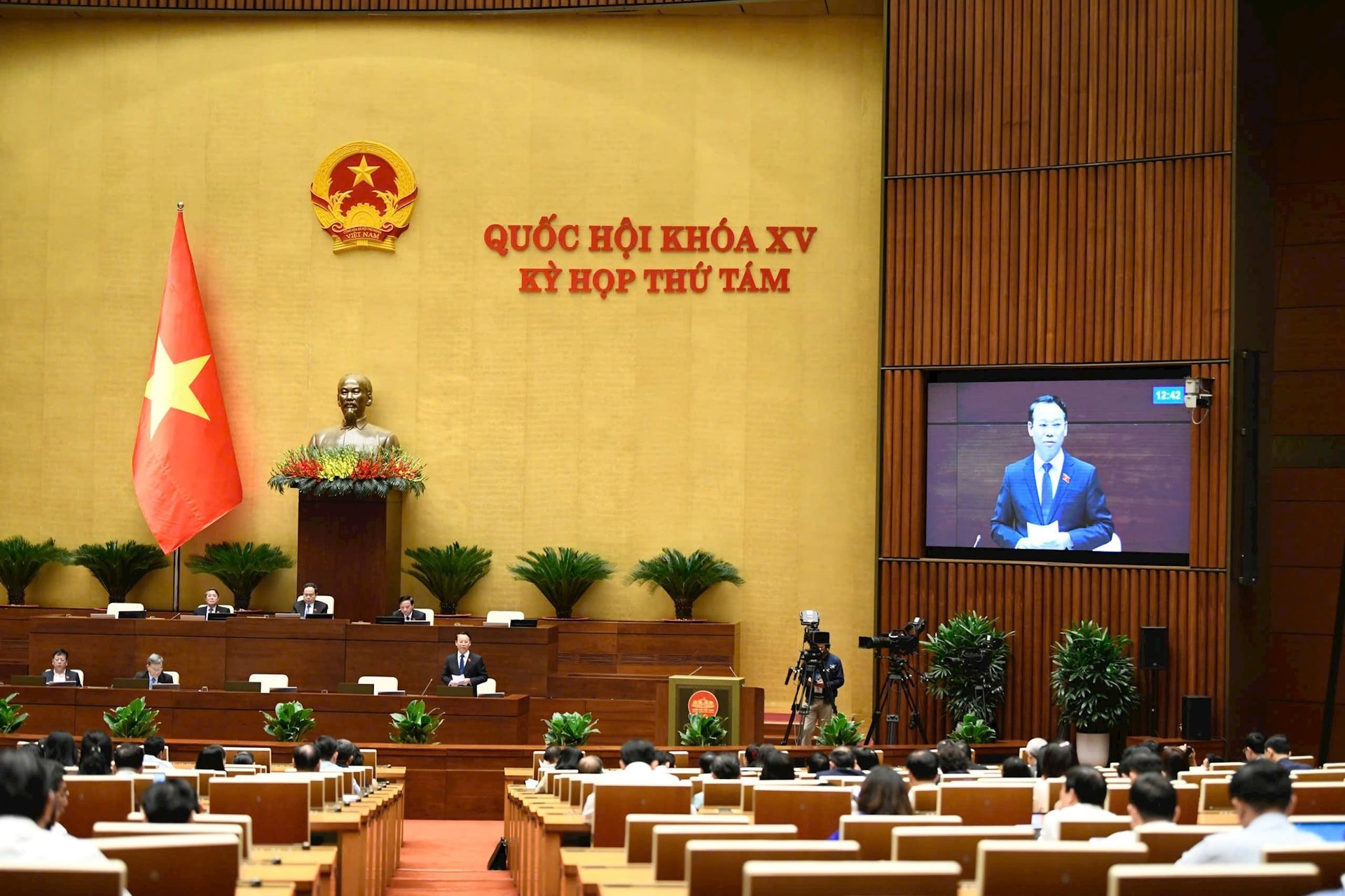
Regarding the fee for granting the right to exploit minerals. Minister Do Duc Duy informed that the nature of the fee for granting the right to exploit minerals is that when minerals are underground, they are national resources, owned by the entire people, and when they are taken out of the underground location to be used for processing and business activities, then they will be transferred from the ownership of the entire people to the ownership of organizations and individuals, which is private ownership.
International practice, the licensing fee is the amount of money that organizations and individuals must contribute to the State to transfer this ownership.
According to tax laws and actual implementation from 2016 to present under the 2010 law and Decree 158, there are also no problems.
In addition, the licensing fee is the basis for deciding on the auction, and the mineral exploitation right is the input data for implementation. Therefore, the drafting agency found that the regulation to maintain the current licensing fee for mineral exploitation is appropriate and avoids speculative situations, when it is re-granted, it is retained there.
Regarding other contents, Minister Do Duc Duy said that he would seriously accept and will have a report on acceptance and full explanation to report to the National Assembly Standing Committee before reporting to the National Assembly for consideration and approval to ensure that the draft Law will reduce administrative procedures, have changes in science and technology, mining technology, processing technology or have changes in the investigation and assessment of resource reserves.
Source: https://baotainguyenmoitruong.vn/bo-truong-do-duc-duy-lam-ro-cac-y-kien-xay-dung-du-thao-luat-dia-chat-va-khoang-san-cua-dai-bieu-quoc-hoi-382761.html


![[Photo] Prime Minister Pham Minh Chinh receives Ambassador of the French Republic to Vietnam Olivier Brochet](https://vphoto.vietnam.vn/thumb/1200x675/vietnam/resource/IMAGE/2025/5/13/f5441496fa4a456abf47c8c747d2fe92)
![[Photo] President Luong Cuong awarded the title "Heroic City" to Hai Phong city](https://vphoto.vietnam.vn/thumb/1200x675/vietnam/resource/IMAGE/2025/5/13/d1921aa358994c0f97435a490b3d5065)
![[Photo] Many people in Hanoi welcome Buddha's relics to Quan Su Pagoda](https://vphoto.vietnam.vn/thumb/1200x675/vietnam/resource/IMAGE/2025/5/13/3e93a7303e1d4d98b6a65e64be57e870)
![[Photo] President Luong Cuong attends the inauguration of the international container port in Hai Phong](https://vphoto.vietnam.vn/thumb/1200x675/vietnam/resource/IMAGE/2025/5/13/9544c01a03e241fdadb6f9708e1c0b65)

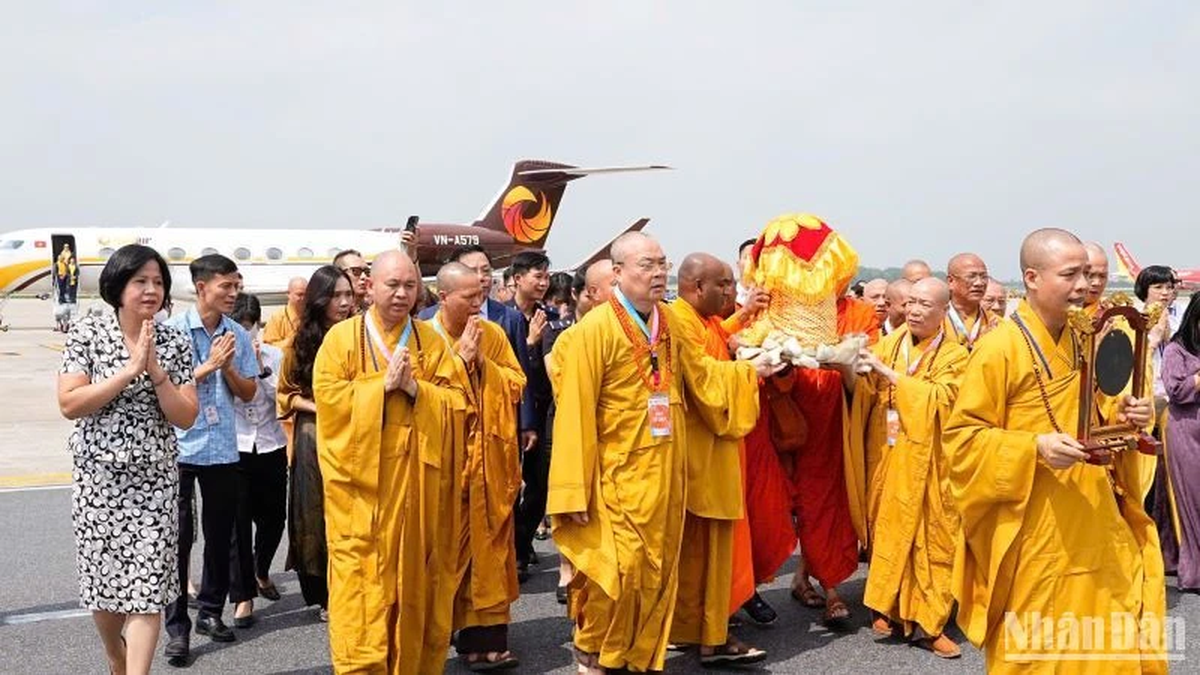


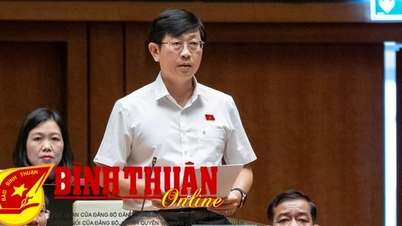

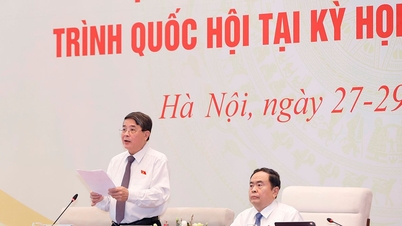

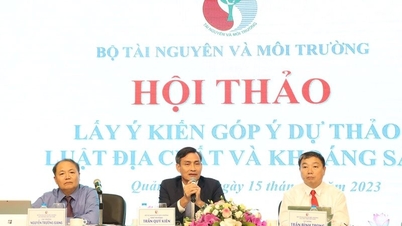
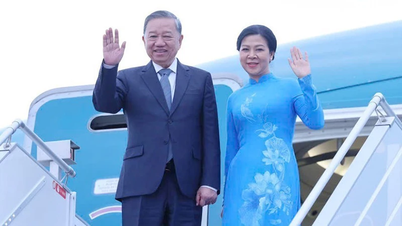

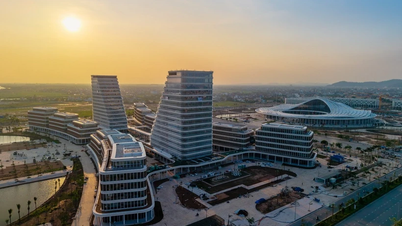
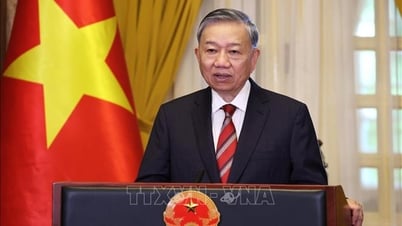
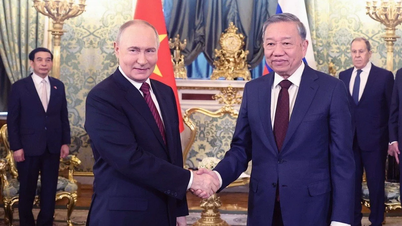
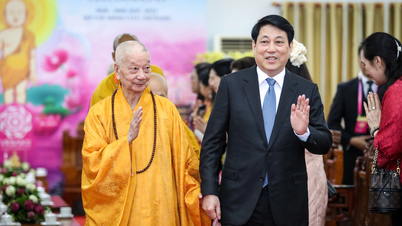




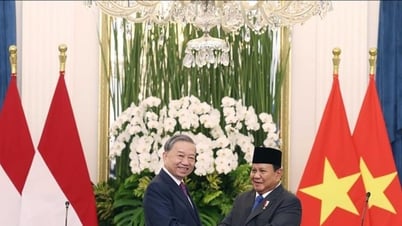
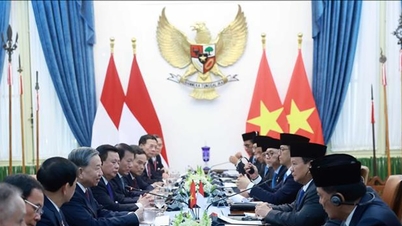

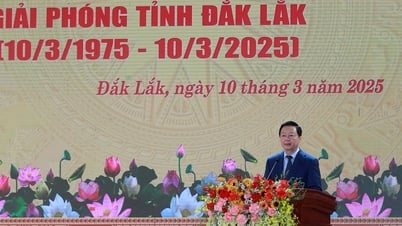
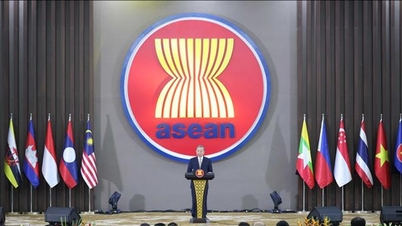
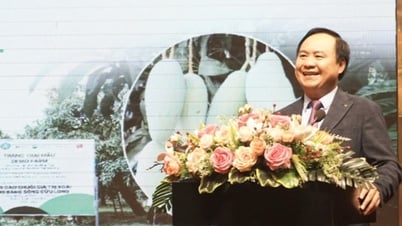








































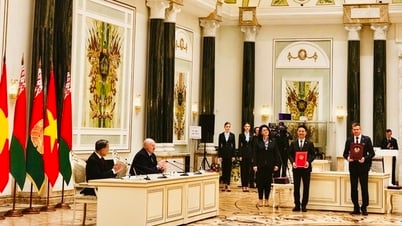








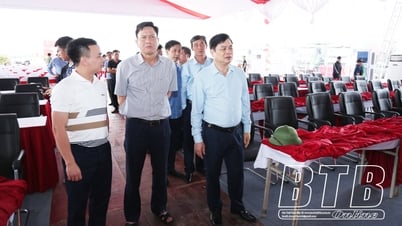

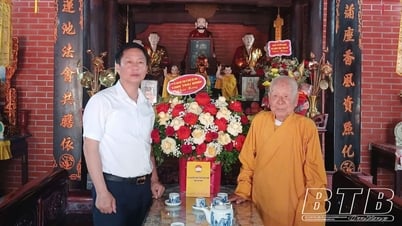
















Comment (0)